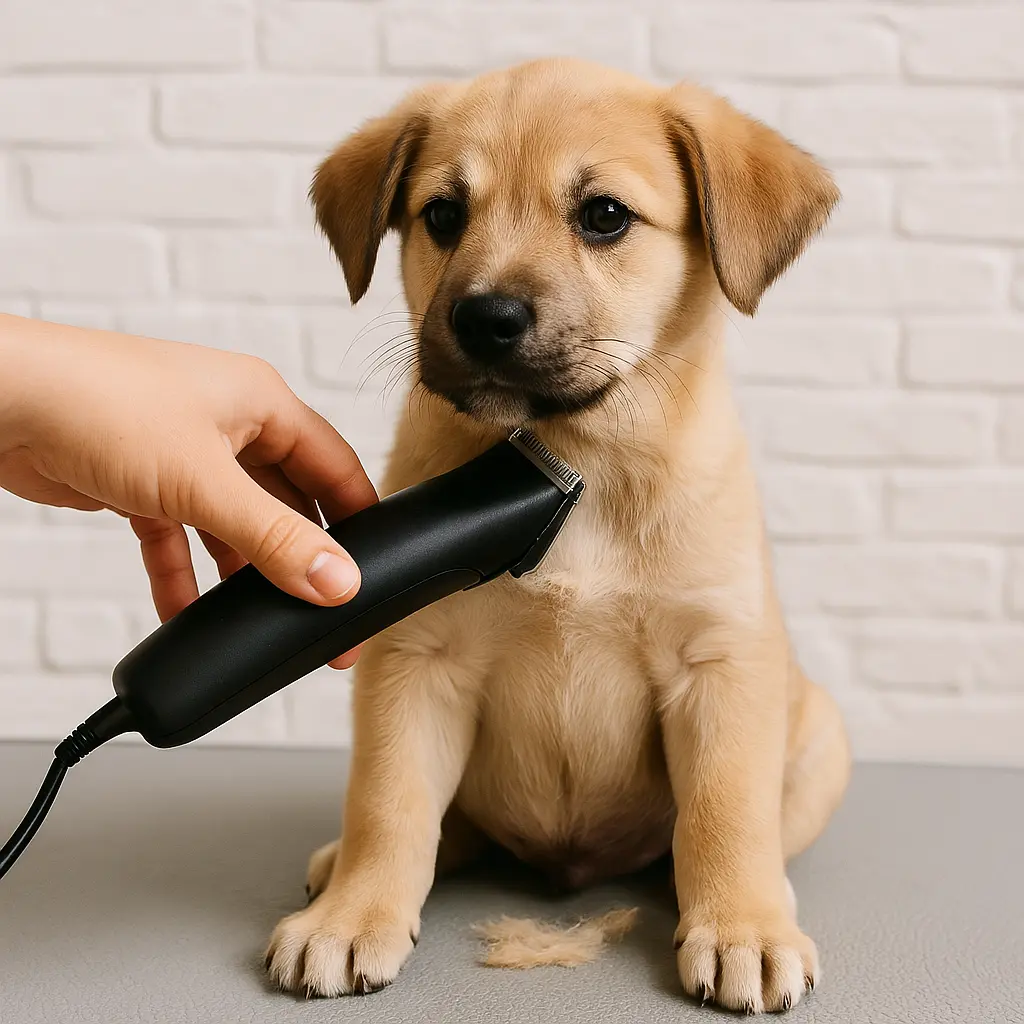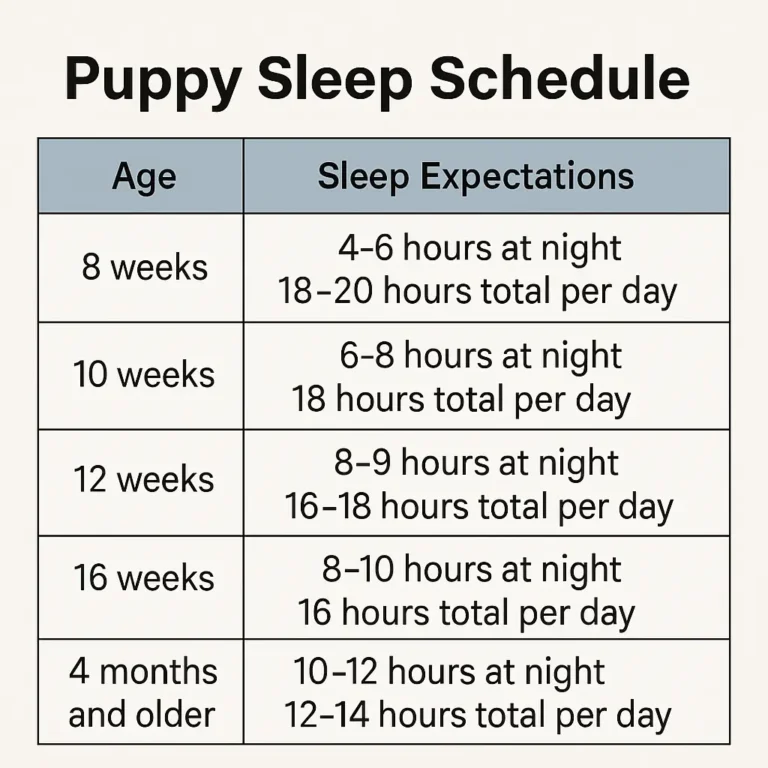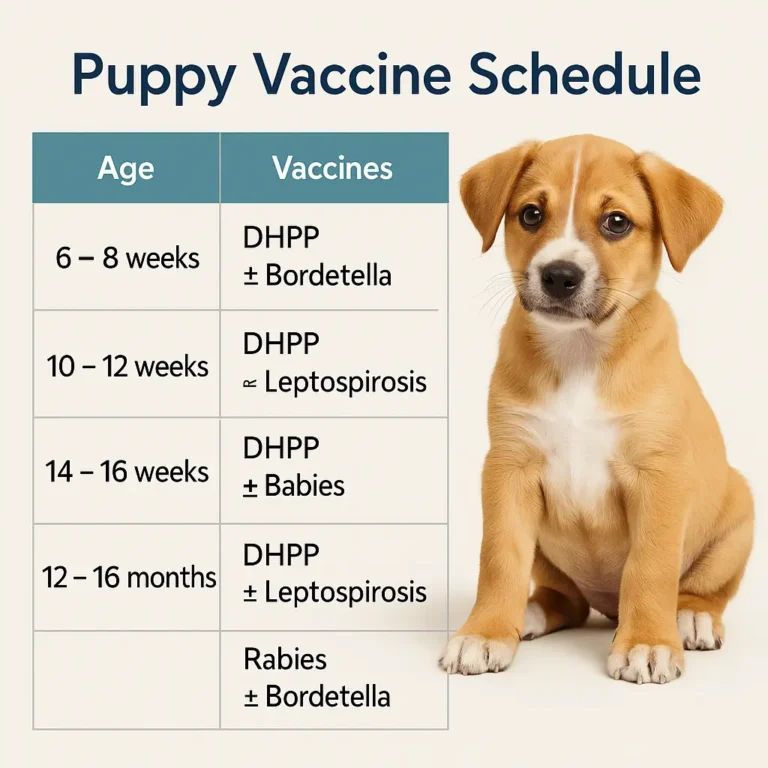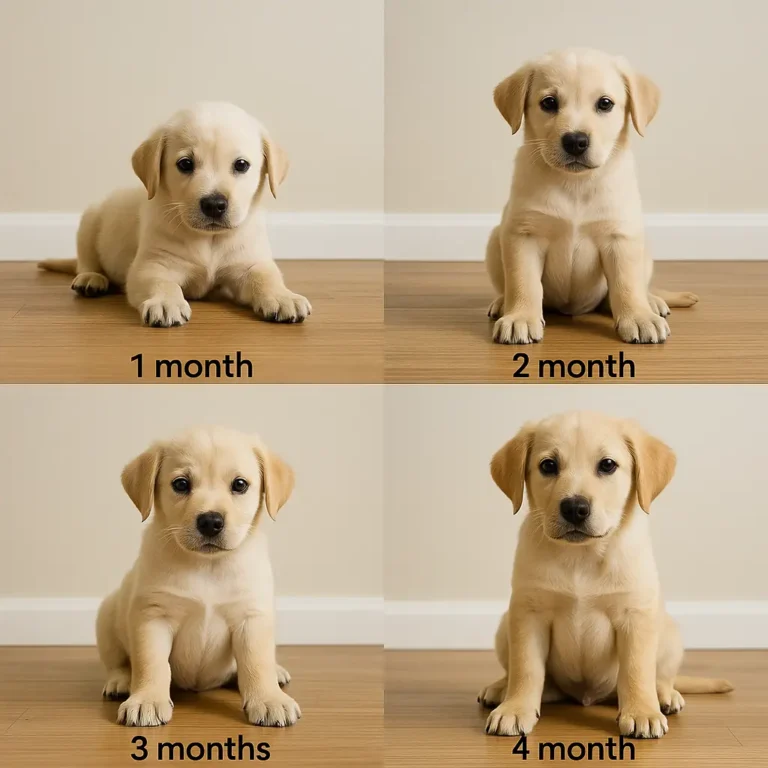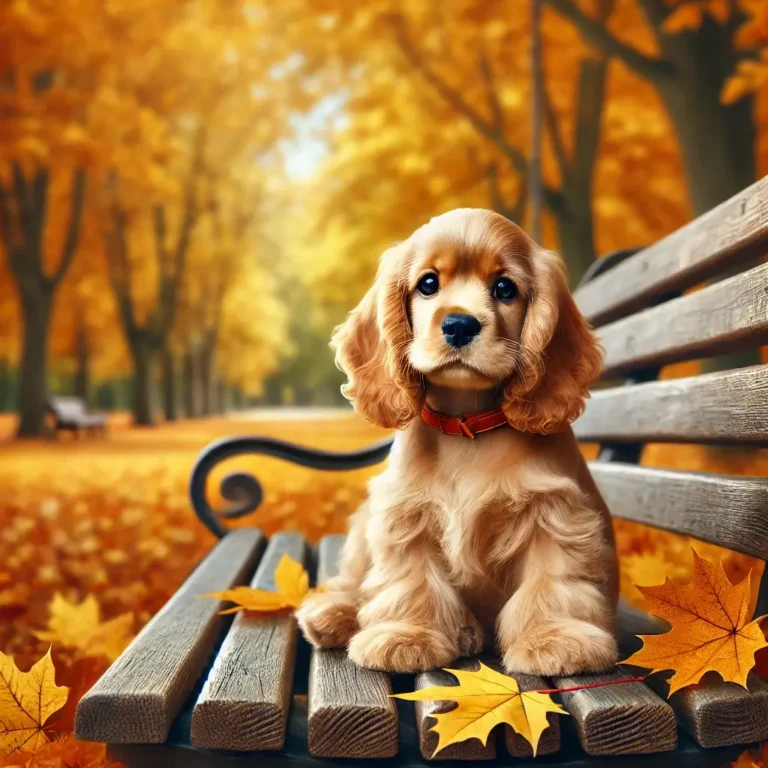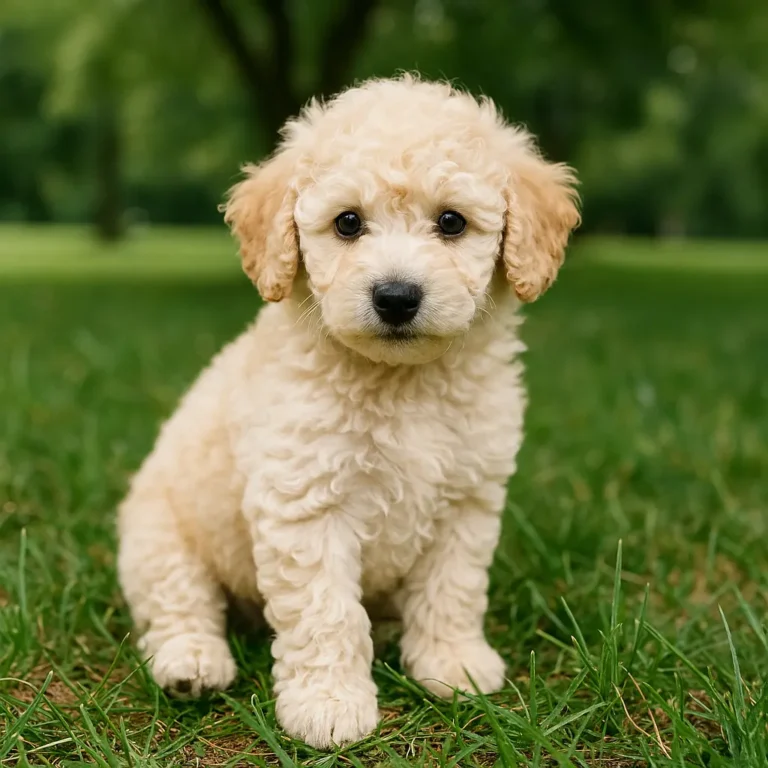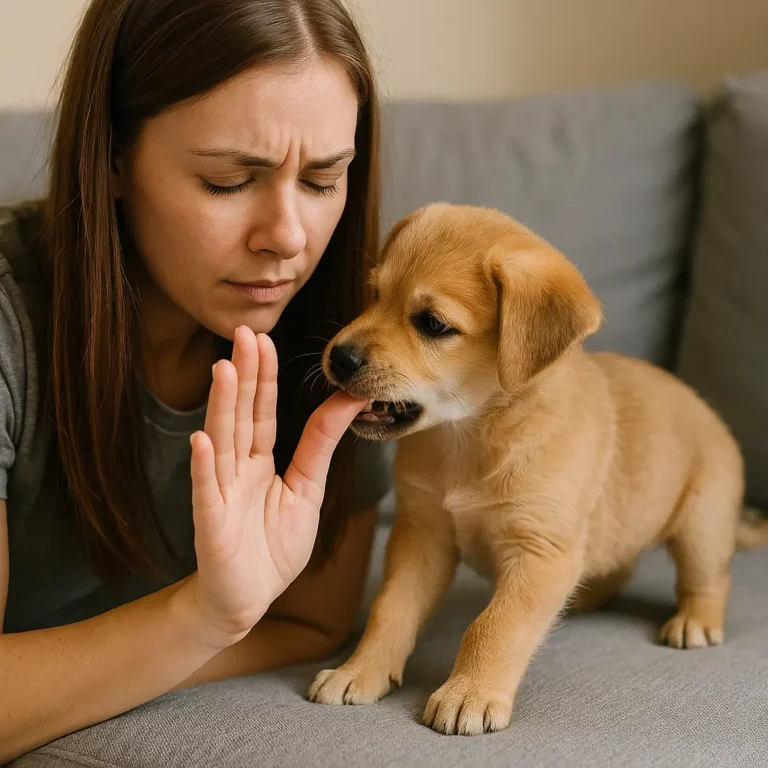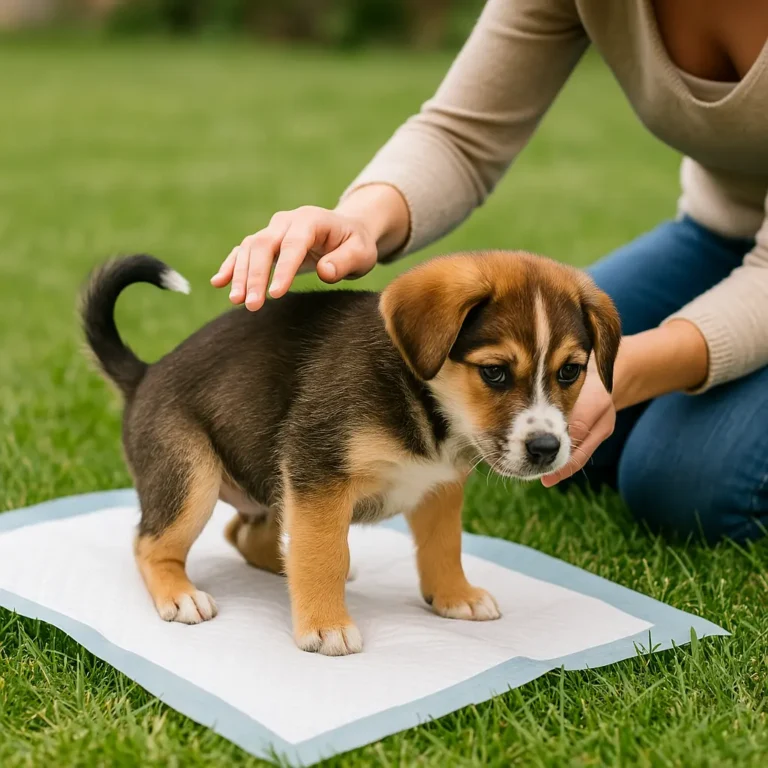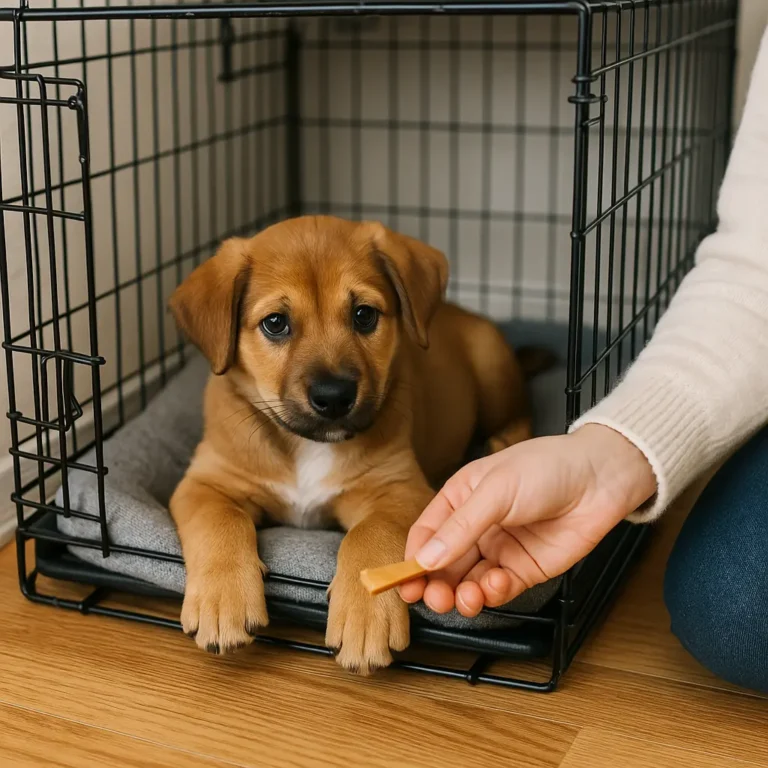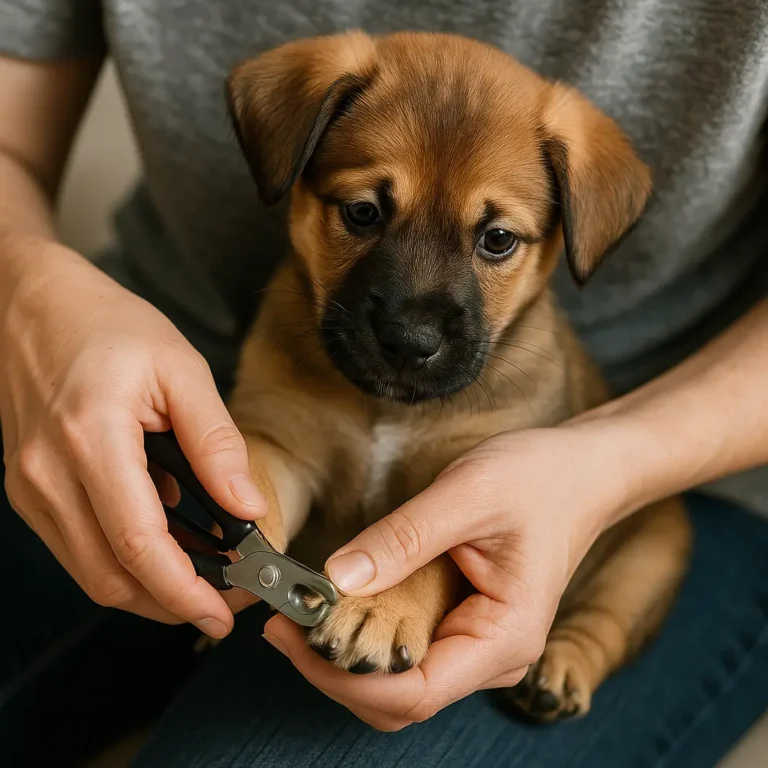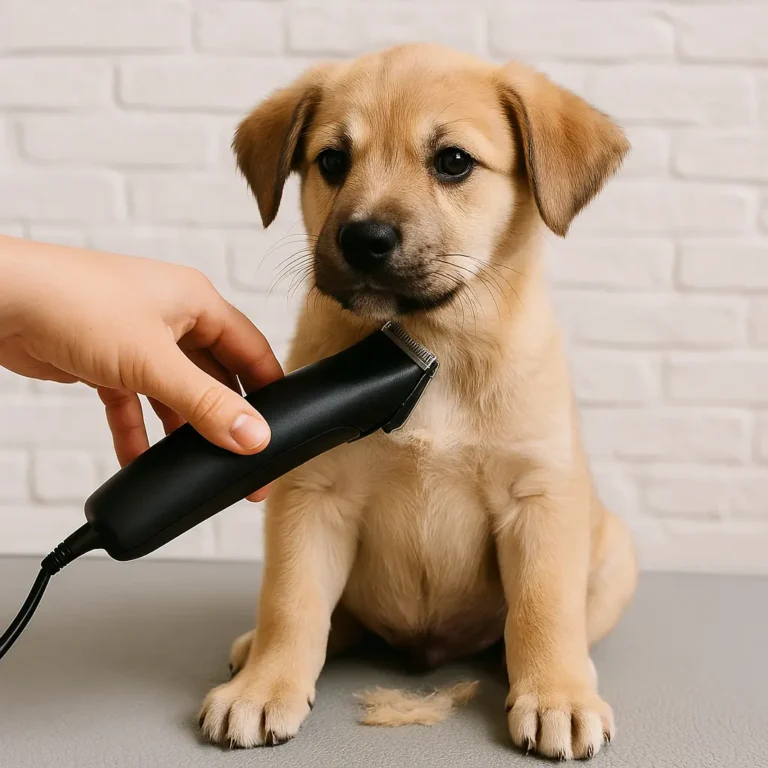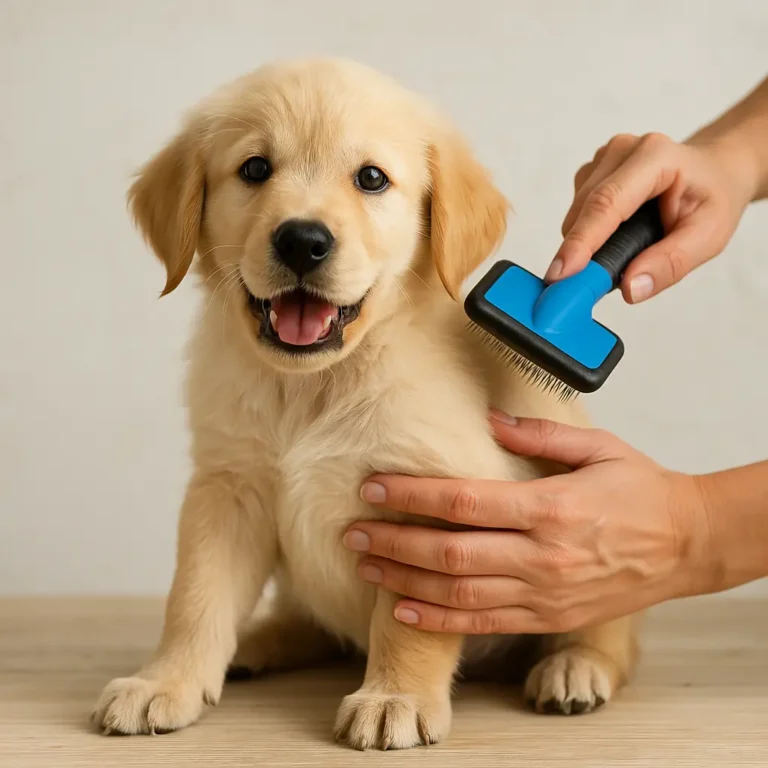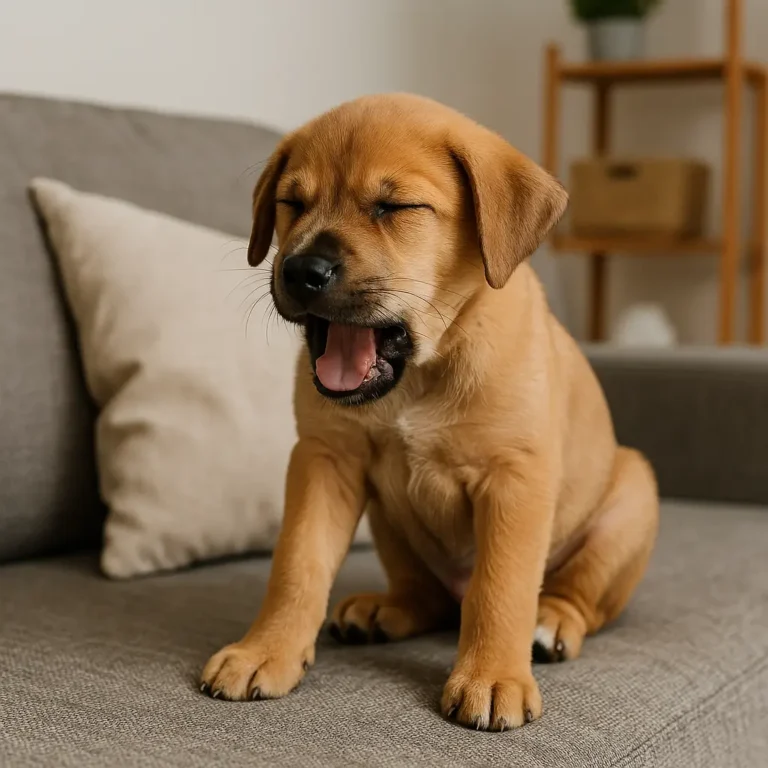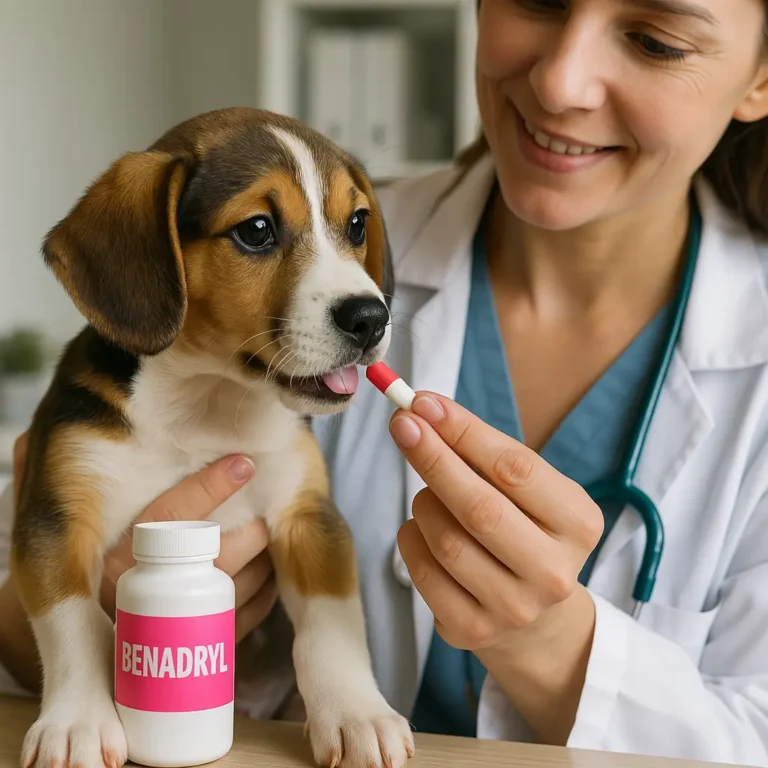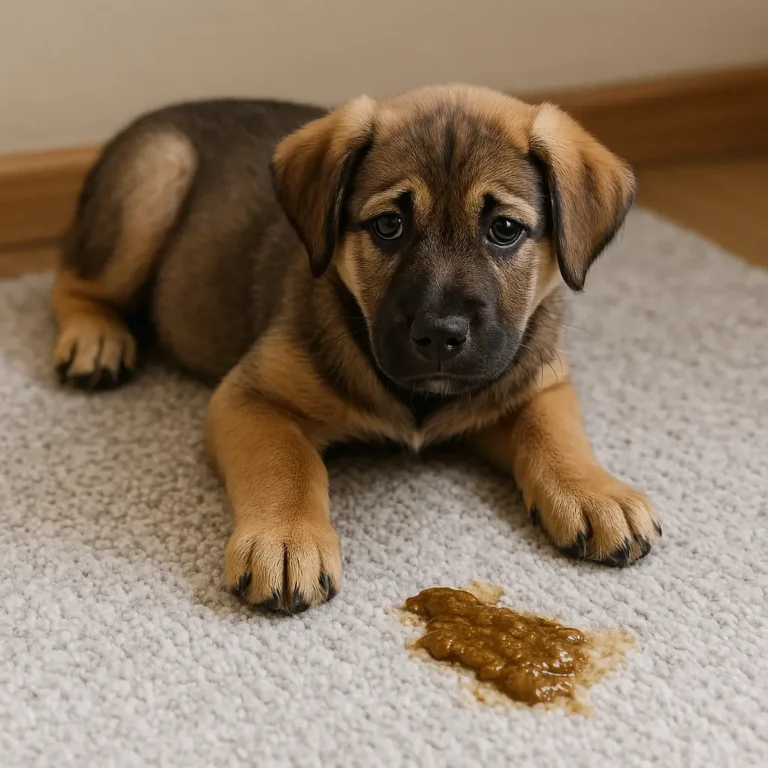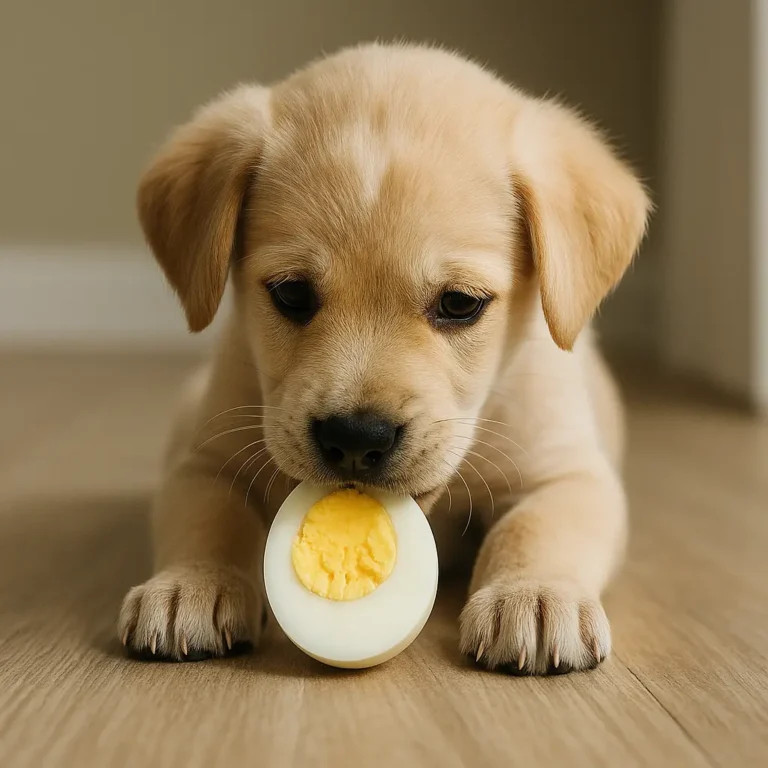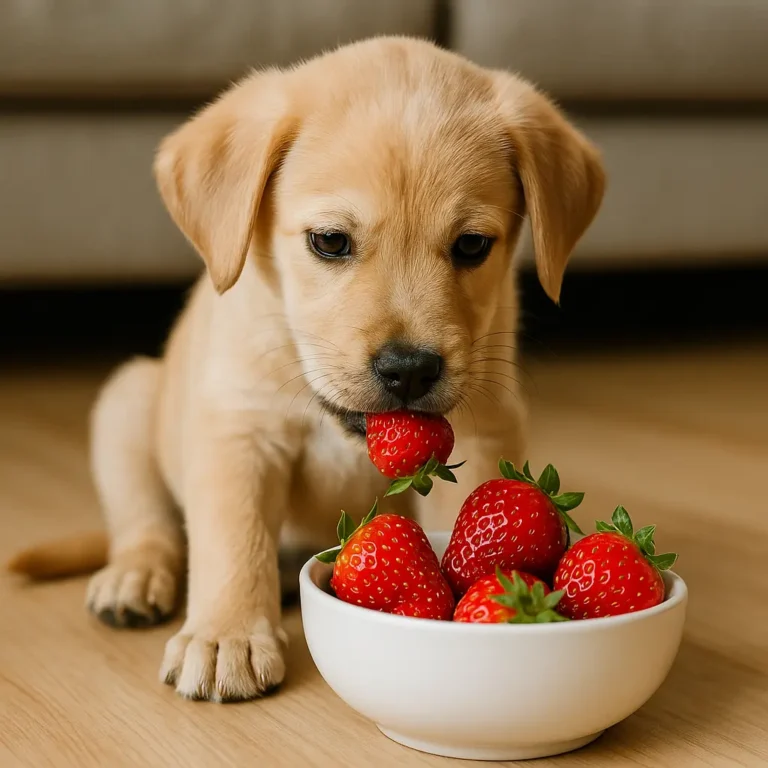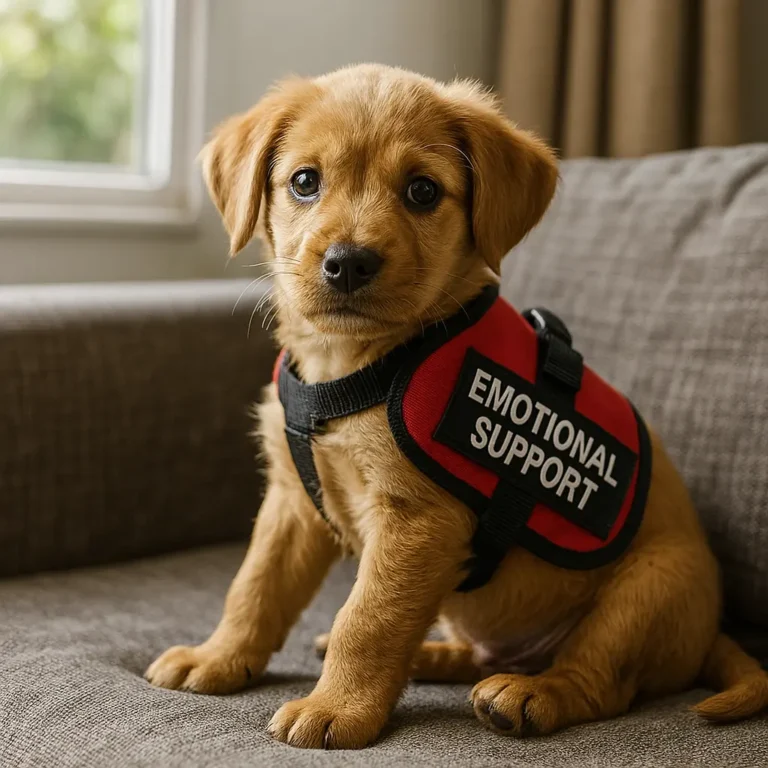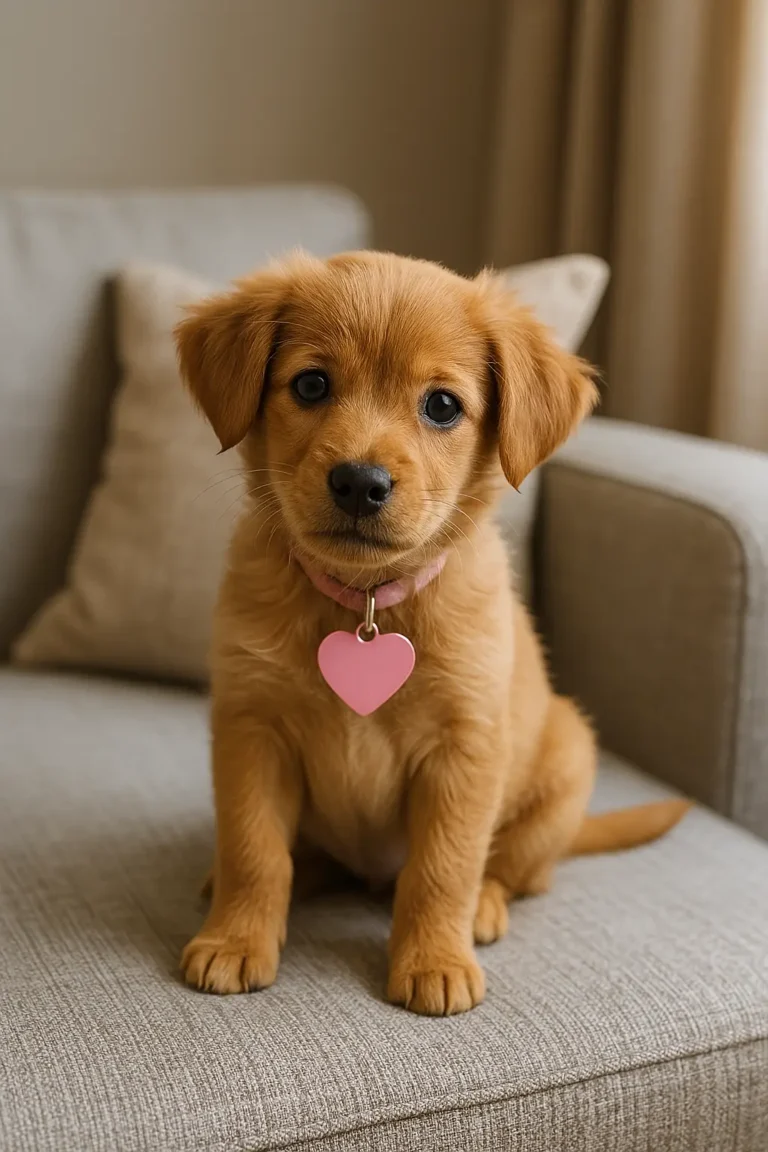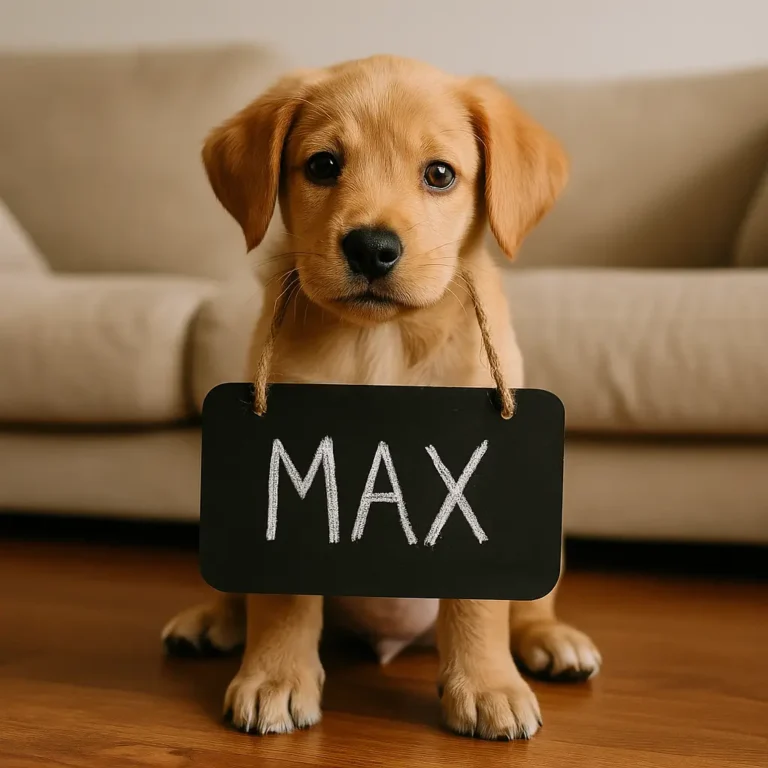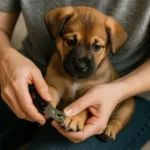Regular dog grooming isn’t just about a fresh coat—it’s about your dog’s health, happiness, and hygiene. Whether you’re brushing a short-haired beagle or trimming a long-haired poodle, grooming builds trust and keeps your pup looking their best. If you’ve ever searched how to groom your dog or wanted simple dog grooming tips, you’re in the right place. This guide walks you through the benefits, best tools, and how to make the process stress-free—even fun! Let’s dive into grooming tips for dogs that save money, deepen your bond, and keep tails wagging.
✨ Why Puppy Grooming Is More Than Just a Pretty Coat
Grooming isn’t just for show dogs—it’s essential from puppyhood. Grooming for dogs helps maintain healthy skin, coat, nails, and teeth, and can catch health issues early.
Starting grooming early teaches your puppy that brushing, bathing, and nail trims are part of normal life—not scary surprises. This prevents behavioral problems later when trips to the groomer or vet become necessary.
Benefits of early dog grooming include:
-
Tangle prevention – Regular brushing keeps mats and debris away
-
Skin checks – You’ll notice cuts, fleas, or infections early
-
Reduced shedding – A clean coat means fewer tumbleweeds at home
-
Improved hygiene – Clean ears, teeth, and paws mean fewer vet bills
-
Stronger bonding – Touch builds trust between pup and parent
Plus, grooming dogs often improves temperament. A well-groomed pup is a comfortable and confident one.
Don’t wait for a “bad hair day” to start grooming. With the right tools and some patience, grooming tips for dogs can turn chore time into quality time.
📅 When Can Puppies Get Groomed? Here's What Vets Recommend
Wondering when to start grooming your dog for the first time? Experts recommend introducing grooming habits as early as 8 weeks old—even if it’s just gentle brushing.
While you should wait until your pup is fully vaccinated before visiting a professional groomer (around 12–16 weeks), you can start light grooming at home sooner.
Start with short, calm sessions:
-
Brushing – Use a soft-bristle brush for 2–3 minutes daily
-
Paw handling – Touch their paws often so they tolerate future nail trims
-
Ear checks – Gently lift and inspect ears during snuggles
-
Tooth brushing – Use a puppy-safe toothbrush and get them used to the sensation
Avoid full haircuts or baths too early—just let them become comfortable with the tools and touch.
Why start young? Puppies are more adaptable. If they learn that grooming dogs is calm and positive early on, they’re less likely to resist later.
Make it fun, rewarding, and frequent. Early exposure is the secret behind stress-free dog grooming throughout your dog’s life.
🐕 Dog Breeds That Need Regular Hair Cut
Some breeds require consistent dog grooming to stay healthy and comfortable. These include:
Poodles – Fast-growing curly coats prone to matting
Shih Tzus – Long coats need frequent brushing
Bichon Frises – Dense, high-maintenance fur
Cocker Spaniels – Long ears and thick coats require care
Yorkshire Terriers – Silky coats tangle easily
These dogs benefit most from consistent brushing, trims, and coat maintenance. If you own one of these breeds, following proper grooming tips for dogs is essential to avoid skin issues and tangles. Regular grooming isn’t optional—it’s necessary.
🧰 Must-Have Grooming Tools for Dogs of All Coat Types
Before mastering how to groom your dog, you need the right toolkit. Whether short-haired or shaggy, these essentials apply to nearly every breed:
1. Brushes
-
Slicker brush – Great for detangling
-
Bristle brush – Ideal for short-haired dogs
-
Undercoat rake – Perfect for shedding breeds
2. Nail clippers or grinders
Essential for paw health. A grinder offers smoother edges, while clippers are faster.
3. Grooming scissors
Use rounded tips to safely trim around ears, feet, and face.
4. Clippers
Quiet, low-heat clippers are best for home grooming. Adjustable blades help for different coat lengths.
5. Dog-safe shampoo and conditioner
Avoid human products—they’re not pH-balanced for pets.
6. Ear cleaner and cotton balls
Keeps ears free from wax and bacteria buildup.
7. Toothbrush and canine toothpaste
Dental care is part of whole-body grooming!
8. Towel or grooming mat
Prevents slipping during baths and trims.
With these tools and some basic dog grooming tips, even beginners can handle maintenance at home.
Invest in quality gear, go slow, and build a routine that works for both you and your dog.
Grooming Tips
🏡 The Big Benefits of DIY Dog Grooming
DIY dog grooming isn’t just cost-effective—it also strengthens your relationship and lets you monitor your dog’s health closely.
Here’s why grooming dogs at home has serious perks:
1. Saves money
Grooming appointments can cost $50–$100+. With basic tools, you can maintain your dog’s hygiene between visits—or skip groomers altogether.
2. Reduces anxiety
Familiar environments help dogs relax. If your pup fears loud clippers or cages, home grooming offers comfort.
3. Improves behavior
Routine handling builds patience. Your dog learns to stay calm during brushing, baths, and trims.
4. Keeps health in check
You’ll spot lumps, fleas, rashes, or infections early—before they become vet emergencies.
5. Encourages bonding
Touch-based care builds trust. Your dog learns you're a safe, comforting presence.
6. Flexible timing
No more scheduling around appointments. Groom anytime your pup needs a refresh.
7. Custom grooming styles
Clip to your dog’s unique needs—whether for comfort, cuteness, or both.
Of course, DIY isn’t for every dog or every owner. But if you follow the right grooming tips for dogs, home grooming becomes simple, rewarding, and effective.
Health Tips
🤝 Turn Grooming Into Bonding Time With These Easy Tips
Grooming for dogs doesn’t have to be a chore—it can become a treasured bonding ritual. Here’s how to turn brushing, bathing, and trimming into moments of connection:
1. Start with calm energy
Groom your dog when they’re relaxed, like after a walk or nap.
2. Use positive reinforcement
Offer treats and praise for sitting still, letting you touch paws, or tolerating brushing.
3. Go slow
Start with short sessions. End before they get fidgety to keep things positive.
4. Include play breaks
Toss a toy between brushing sections to break tension and build trust.
5. Talk to them
Your voice reassures your dog. Narrate what you're doing in a soothing tone.
6. Respect boundaries
If your dog pulls away, pause. Forcing it creates fear—consistency builds comfort.
7. Finish with snuggles
Reward a job well done with petting or lap time.
These small steps transform grooming your dog from a task into a team activity. Over time, your pup may even look forward to it!
Dogs crave connection—and grooming tips for dogs that prioritize bonding ensure both coat and confidence shine.
FAQ
How often should I groom my dog?
When can I start grooming my puppy?
Can I groom my dog myself?
What tools do I need to groom my dog?
Do all dogs need haircuts?
How can I calm my dog before grooming?
Is grooming good for dog health?
What’s the easiest dog breed to groom?
Life Tips
🐾 Final Thoughts: Grooming Dogs the Smart, Loving Way
Dog grooming is more than fluff and style—it’s a vital part of your dog’s care routine. Whether you're brushing out tangles, trimming nails, or checking for skin issues, grooming keeps your pup healthy, happy, and bonded to you. With the right tools and techniques, even beginners can master the basics at home. Use the grooming tips for dogs in this guide to build confidence, prevent health problems, and create calm, positive grooming sessions. It’s not just about cleanliness—it’s about love, trust, and your dog’s overall well-being. Start grooming smarter, and turn those paw-dicures into bonding time that lasts a lifetime! Curious about 'What Dog Breed Are You'? Find out with our fun quiz!

